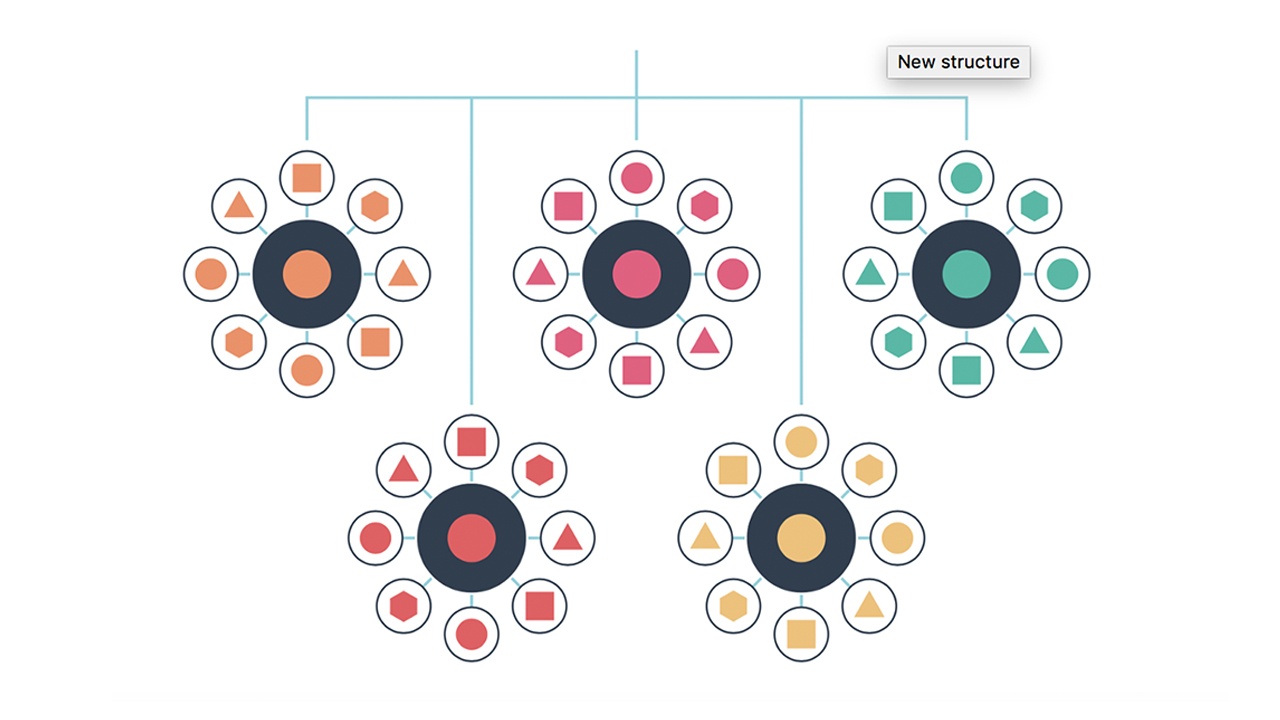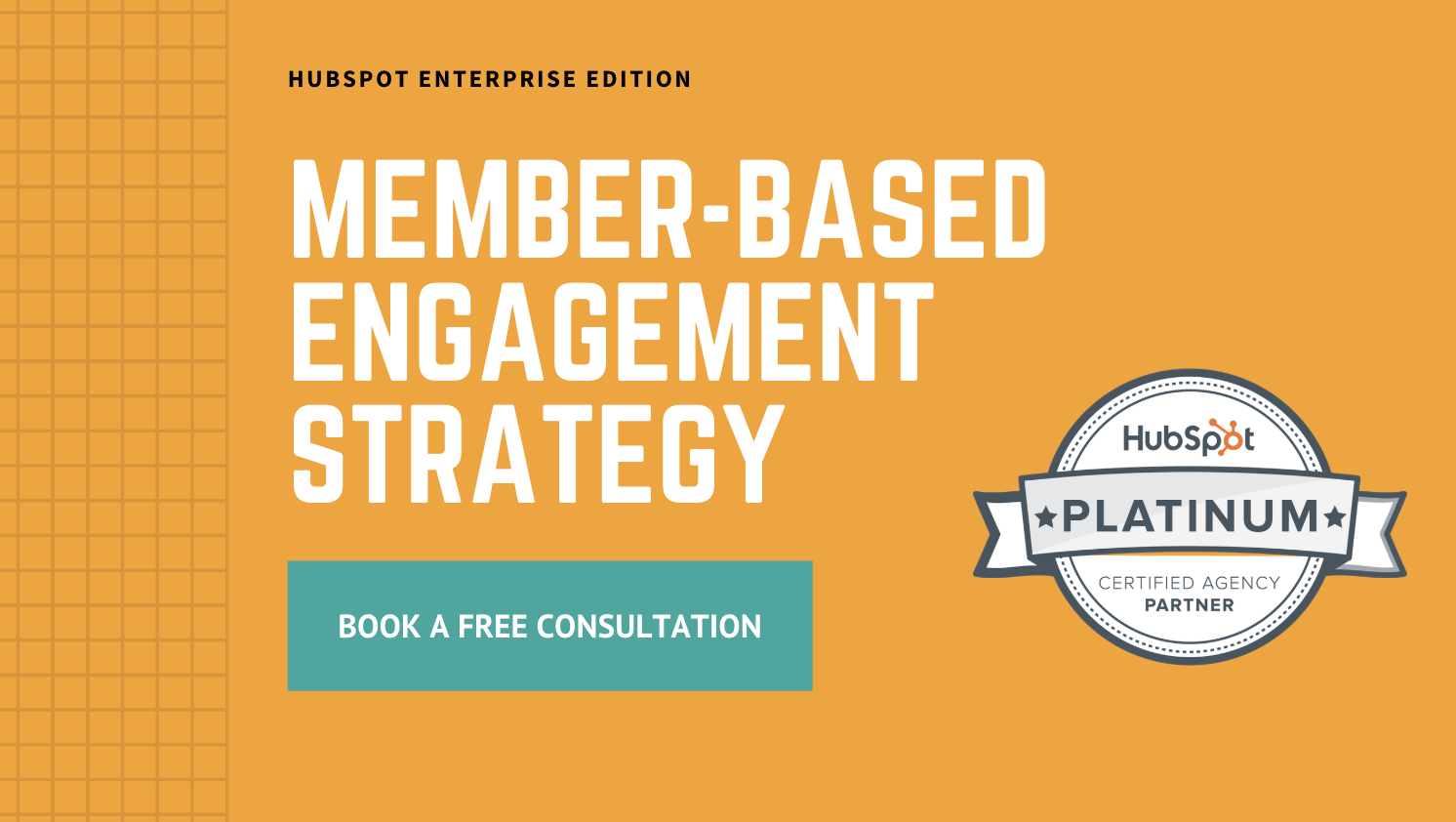As a member-based organisation, especially when you’re trying to grow your memberships, you know the value you have to offer, but you can’t assume that prospective members know who you are or that they will be searching for you directly. Rather, they’ll be asking questions related to their interests and industry. In this case, you want to be the source they find when they ask these questions. This is where a strong Search Engine Optimisation (SEO) strategy comes into play.
Simply put, a SEO strategy is the process of ensuring your organisation gets found by potential new members in search engines like Google, which in turn, drives organic traffic to your website.
Keywords used to be all the rage when it came to SEO, but as of last year, topic clusters took over as the most popular kid in school. Topic clusters essentially aggregate content surrounding one general topic in a single webpage called a pillar page. All related content, like blog posts, are then linked to in that pillar page. The following is a visual of how topic clusters are structured.


In this three-step guide, you'll learn how to build your SEO strategy based on these search engines’ advanced algorithms, so you can make sure potential members find you and grow your membership base.
Step 1: Determine your topic clusters.
Per the explanation above, the first step is to design your topic clusters.
To do this, you’ll want to start by creating a list of broad topics having to do with your product or service. These terms should come in the form of short-tail keywords (three words or less).
To come up with these topics, think of what potential members are interested in or what challenges they face and what kind of resources they are looking for. Within your list, rank the topics in order of priority to your potential members. These topics are going to translate into your pillar pages, which do take time and effort to build out, so if you have a small team or are just getting started in content marketing, you’ll want to focus on the top five topics at the most.
Once you have your topics, it’s time to get more detailed by listing out your long-tail keywords (more than three word phrases), which are essentially specific sub-topics related to your overarching topic. You can use a keyword research tool like Google's keyword planner to help you identify these long-tail keywords and come up with these sub-topics. Aim to have five to ten sub-topics per topic (a.k.a. pillar page).
Once you have mapped out your topics (pillar pages) and sub-topics, you have your topic clusters.
Step 2: Build pages for each topic & set up your blog.
Now that you have outlined your topic clusters, you need to build out your pillar pages. The design of these web pages can vary but basically they should address your topic at a high-level and act as a table of contents for the sub-topics that you’ll elaborate on in your blog posts.
If you don’t already have a blog for your members, this is the time to set one up as blogging is an effective way of elaborating on your sub-topics and ranking for those long-tail keywords, so prospective members can find you online. Aim to blog at least once a week so you can steadily build your authority with Google.
With your blog posts, include your long-tail keywords three or four times throughout the page, but avoid going over that. If you insert your keywords too often, search engines may consider that “keyword stuffing” and actually penalise your website ranking. Additionally, you’ll want to make sure your post links to your pillar page and vice versa, that your pillar page links to your blog post. This is crucial for showing Google that there is a relationship between the long-tail keyword and general topic (your pillar page) that you are trying to rank for.
Step 3: Develop a link-building plan.
In mapping out your topic clusters, pillar pages and setting up your blog, you’ve covered the on-page tactics of your SEO strategy. In this final step of building your SEO strategy, we’ll focus on your primary off-page tactic: link-building.
Link-building is the process of attracting members to your website by having external sites link to yours (these are often called “inbound links” or “backlinks”). Essentially, if a third-party website links to yours, it is validating your content and giving you authority, which Google rewards in its search engine rankings. Note, while one hundred percent effective, link-building is a long process and you won’t see results overnight.
Here are some ways to earn inbound links. Depending on the size of your team, divide and conquer these tactics, setting feasible weekly or monthly objectives.
- Share your links to your content with other organisations in your industry in exchange for linking to their websites.
- Share blogs posts on your social channels and include calls-to-action (CTAs) requesting that your followers pass along to their networks via their own platforms.
- Seek out PR opportunities to be interviewed by media outlets. Within the resulting publicity, they’ll always link to your website. This is also excellent in building trust and credibility among potential new members!
- Offer to guest blog for a partner organisation through which you can link back to your site.
- Cover topics related to current events or news that are likely for media or industry influencers to share via their own channels.
When it comes to SEO, it definitely takes time to lock down a strong Google ranking, so set a realistic timeline to execute and track results. Every organisation has to start somewhere, and new members will be discovering you before you know it!
Tags:
Marketing + Automation
March 8, 2019

